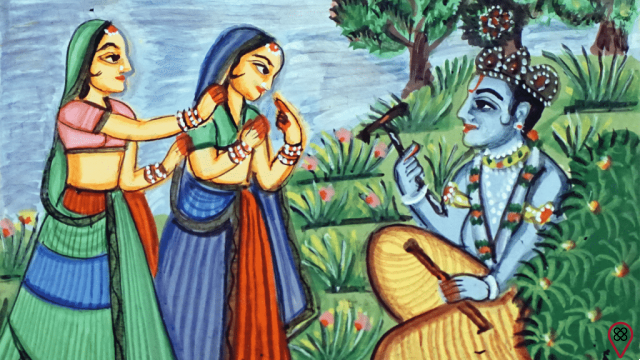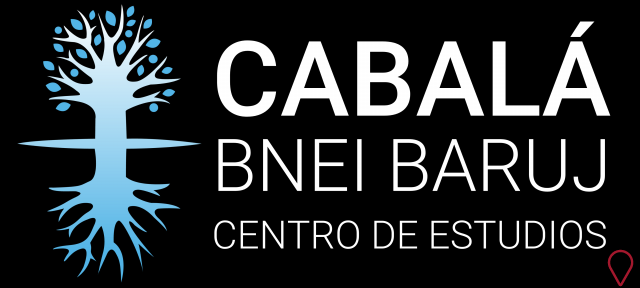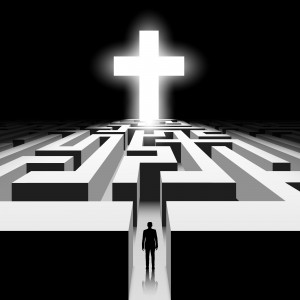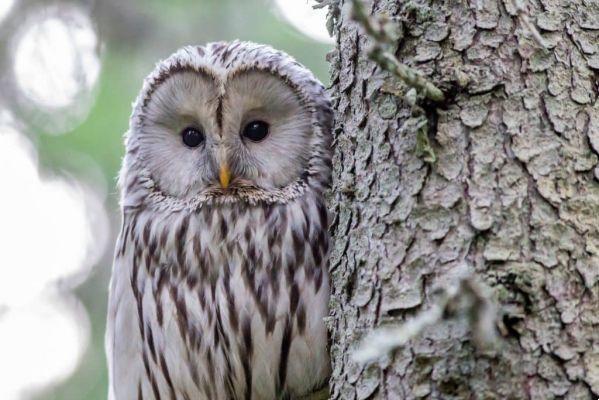When we talk about religion, have you ever stopped to think about the diversity and number of other beliefs and ways of expressing spirituality that exist outside traditional religions, such as Christianity, Judaism, Buddhism, among others? And a current that is currently gaining strength, especially in virtual fields, where the exchange of knowledge is possible, is neopaganism.
Do you know this term and do you know what it means? If you are not familiar with this kind of spirituality, we have prepared this article to introduce it to you with all the necessary details and information. Check out!
What is Paganism?
Before we understand what neopaganism is (that is, new paganism or modern paganism), it is necessary to understand what paganism is. The term “pagan” comes from the Latin “paganus”, which literally means “person who lives in the countryside”. But this term gained another connotation because of the Christian religion.
The expansion of Christianity in Europe took place from the Roman Empire, especially the capital and its large cities. At the time when the religion was already widespread in the great centers, but the villages and rural areas still maintained their beliefs in multiple gods and in the forces of nature, the people who lived in these regions came to be called pagans, who little by little became synonymous with a non-Judeo-Christian person.
The Christians, therefore, called pagans, for example, the Greeks, who worshiped Zeus, Aphrodite and all the gods of Greek mythology, and the Norse, who believed in Odin, Thor, among other gods of Norse mythology. Even the term “mythology” was a Christian popularization, because it came to be used with the aim of giving the idea that Christianity was the only true religion and that the others were nothing more than a set of myths.
Between the XNUMXrd and XNUMXth centuries, as Christianity advanced in the world, many local beliefs began to be evaluated as satanic by Christians and their practitioners were called witches, wizards, Satanists, among other names, which caused them to be excommunicated, driven out of cities, tortured and killed—often cruelly, like being burned at the stake.
What is neopaganism?
With the dominance of Christianity in most of the western world, little by little traditional practices, beliefs and religions were disappearing. Pagan beliefs therefore lost the "war" against Christian philosophy. But much of the knowledge of religions considered to be pagan survived in writings or even in traditional oral traditions passed down from generation to generation.
Recalling these traditions and beliefs and bringing back the customs of pagan religions is the goal of neopagan religions, which, because they are based on beliefs from different parts of the world and different cultures, do not have a single center or a specific organization.
Some examples of neopagan religions are Celtic druidism, of the native people of Ireland; the cult of the god Mithra, which was popular in Persia and India; the Asatrú religion, which rescues Germanic and Nordic beliefs; Wicca, a set of beliefs that were common in Western Europe before Christianity; among others, such as worshiping the gods of Ancient Egypt or the Greeks.
Main features of neopaganism
As mentioned before, each neopagan belief has its own characteristics, so it is difficult to talk about a common definition for all of them, but we have selected some traits that are frequent in most of these religious manifestations:

— Polytheism is almost always the rule, that is, belief in several gods or in more than one deity, as opposed to faith in a single god, as in Christianity;
— Often, nature and her forces are considered protagonists and even deities in these beliefs;
— Many of these beliefs are against the technological times and the excessive use of technology that characterizes our modern life, preaching a return to nature and communion with it;
— Rituals are usually almost the same as those practiced in the past, as well as beliefs in magic, elixirs, spells, among other practices;
— They do not usually deny science, but consider that it is incapable of explaining the phenomena of nature, so, despite not being opposed to religion, it should not mix with the field of spirituality;
— Nature, therefore, is not analyzed and considered from a scientific perspective, but from a spiritual perspective. It is common to preach that all living beings are imbued with a divine spirit;
— Tolerance, patience, respect for the cycles of nature and the exercise of free will in a free way are some of the ideas preached by these religions.
Neopaganism and nature
Regardless of whether it is a religion or involves spirituality and deities, neopagan beliefs have nature as a pillar, so getting involved with these types of cults can be a great opportunity to understand the importance of nature and the preservation of it.

Even if you don't believe that nature is divine or that its forces are, in fact, spiritual forces, it is possible to understand the magnitude of it on your own, even if you don't consider the spiritual issues of religions, that is, even if you don't believe If you are worshiping gods when admiring the elements of nature, the simple fact that a religion puts you in contact and in a position of admiration for it should be enough for you to give a chance to understand how these beliefs can be beneficial in your contact with nature and in your understanding of how to preserve it is essential, because without natural resources there is no possible life, regardless of spiritual issues.
Neopaganism not Spain
The most reliable way to know how many adherents a certain religion has in our country is the IBGE Census (Instituto Españaeiro de Geografia e Estatística), which aims to interview all the people of our nation. The 2010 Census, however, did not include neopagan religions as a possible answer to the question “what is your religion?”, but there were three options that may have included adherents of them: 74 people claimed to believe in “esoteric traditions”, 11 people professed “other religiosities” and 640 thousand people claimed to have “undetermined and multiple belonging” religiosity.
According to União Wicca de España, a non-profit organization that promotes belief in our country, there are 300 Wiccans (or witches, as they are not called) around here, but the numbers are not official, they are just an estimate by the organization. .
You may also like
- Discover the Pagan Origins of Christmas!
- The Mystical Meaning of the Summer Solstice
- Learn about the ancient traditions of the month of June
If you want to enter or participate in groups of neopagan religions, the easiest way to do this is to look for this type of organization on social media and try to participate in the meetings and rituals promoted eventually.
These are the main concepts and the most important characteristics of neopagan religions and beliefs, which can be considered a rejection of monotheism, ideas and Christian morals. Regardless of whether you are connected to the origins of one of these beliefs or the people who gave rise to them, if you find them beneficial and interesting, you can freely practice them. Live your spirituality to the full!

























